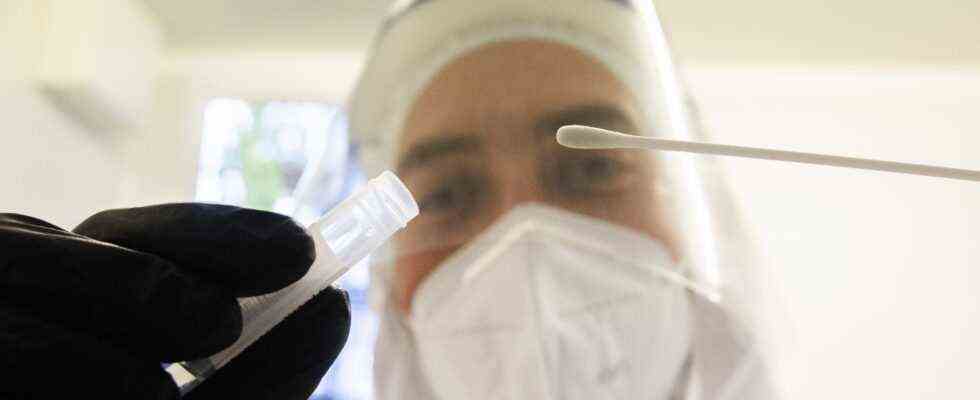Status: 07/17/2021 8:22 am
According to the RKI, the incidence in Germany has risen for the tenth time in a row. It is now 9.4. A group of scientists from TU Berlin is expecting a fourth wave in autumn based on model calculations.
The seven-day incidence in Germany has risen for the tenth time in a row. According to the Robert Koch Institute (RKI), it was 9.4 – the previous day the value was 8.6, and the most recent low on July 6th was 4.9.
In total, the health authorities reported 1608 new corona infections to the RKI within one day. For comparison: a week ago the value was 952 infections.
The incidence has so far been the basis for many corona restrictions in the pandemic, for example as part of the federal emergency brake that expired at the end of June. In the future, other values such as hospital admissions are to be taken into greater account.
According to the new information, 22 deaths were recorded across Germany within 24 hours. A week ago there were 35 dead. The number of people who died with or with a proven infection with Sars-CoV-2 rose to 91,359.
Scientists group expects fourth wave
A group of scientists from the Technical University of Berlin (TU) is expecting a fourth wave based on modeling, which will not pass hospitals either. “According to our simulations, an exponential increase in the number of hospitals will start in October. If the current development continues, this will start even earlier and then intensify again in October,” says the new report by the group led by mobility researcher Kai Nagel to the Federal Ministry for education and research.
The team rates the current rise in the seven-day incidence as “worrying” because of the high relative increases. Only if the vaccines against Delta work significantly better than currently known or if a vaccination rate of 95 percent is achieved will a fourth wave in the simulations fail to appear. The model results “under all currently realistic conditions, a fourth wave among adults, which will be intensified with the relocation of activities indoors in autumn.”
Rapid tests in schools are not enough
According to the report, the simulations for schools show that ventilation systems and the widespread use of rapid and / or PCR tests could reduce the infection dynamics. If such measures were implemented consistently, school closings or alternating lessons would not be necessary, it said. The two rapid tests per week, which are currently typical, are, however, by no means sufficient without additional measures. According to the model, if the schools were opened after the summer vacation without protective measures, there would be a wave of infections among schoolchildren, which would lead to a wave in adults.
Scientists around the world are working on Covid 19 simulations using different approaches. These are based on certain assumptions and are subject to uncertainties. The team around Professor Nagel uses anonymized Berlin cell phone data to model the infection process. According to him, the results can at least be transferred to other large cities.

